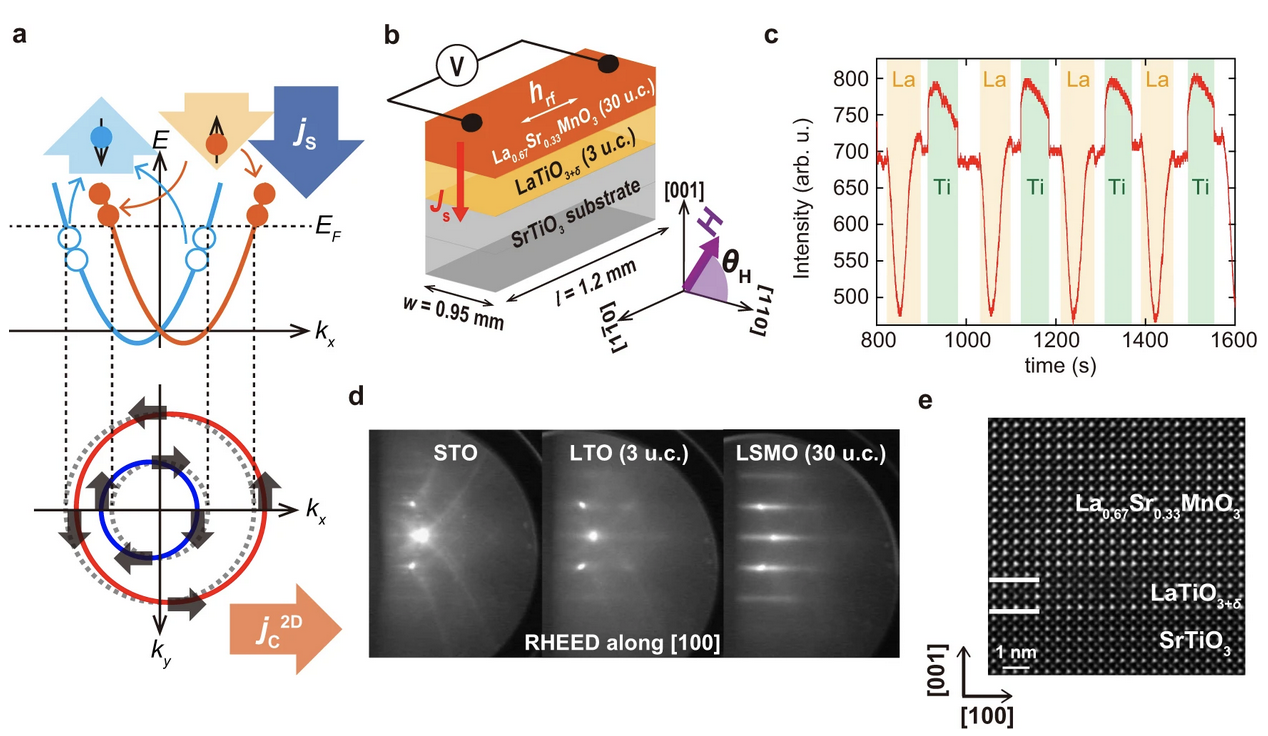Share this
Authors
Tatsuro Endo, Shun Tsuruoka, Yuriko Tadano, Shingo Kaneta-Takada, Yuichi Seki, Masaki Kobayashi, Le Duc Anh, Munetoshi Seki, Hitoshi Tabata, Masaaki Tanaka, and Shinobu Ohya
Abstract
Developing technology to realize oxide-based nanoscale planar integrated circuits is in high demand for next-generation multifunctional electronics. Oxide circuits can have a variety of unique functions, including ferromagnetism, ferroelectricity, multiferroicity, superconductivity, and mechanical flexibility. In particular, for spin-transistor applications, the wide tunability of the physical properties due to the presence of multiple oxide phases is valuable for precise conductivity matching between the channel and ferromagnetic electrodes. This feature is essential for realistic spin-transistor operations. Here, a substantially large magnetoresistance (MR) ratio of up to ≈140% is demonstrated for planar-type (La,Sr)MnO3 (LSMO)-based spin-valve devices. This MR ratio is 10–100 times larger than the best values obtained for semiconductor-based planar devices, which have been studied over the past three decades. This structure is prepared by implementing an artificial nanolength Mott-insulator barrier region using the phase transition of metallic LSMO. The barrier height of the Mott-insulator region is only 55 meV, which enables the large MR ratio. Furthermore, a successful current modulation, which is a fundamental functionality for spin transistors, is shown. These results open up a new avenue for realizing oxide planar circuits with unique functionalities that conventional semiconductors cannot achieve.
Advanced Materials: https://onlinelibrary.wiley.com/doi/10.1002/adma.202300110
These Related Stories

